Why is it important
to filter rainwater?
Before rainwater enters a cistern or rain barrel, it should be effectively cleaned of dirt particles such as leaves, moss and other impurities. Filtering the rainwater reduces deposits in the storage tank and makes the rainwater storable.
Without filtering the rainwater, organic substances would accumulate in the cistern and decompose over time. The stored water would lose its usability due to the unchecked supply of nutrients. Filtering impurities before the rainwater reaches the cistern not only improves the water quality, but also significantly reduces the amount of maintenance required for the entire system.
Filtering rainwater is the first stage of rainwater purification, followed by sedimentation and flotation. All stages are extremely useful if you want to integrate a cistern into your garden and enjoy clean rainwater for a long time. If the rainwater is clean, it can be stored for long periods of time.
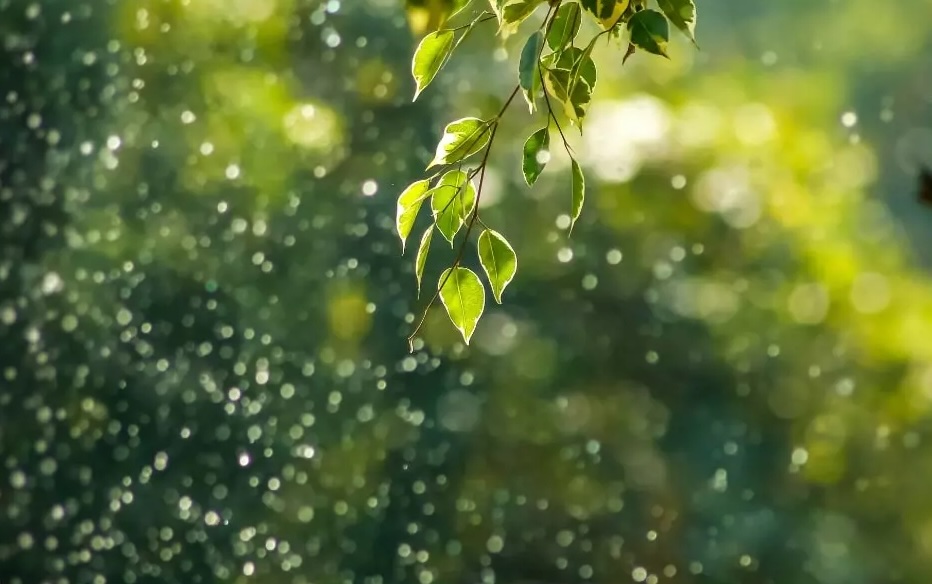
How can
clean rainwater?
In nature, rainwater is filtered by the soil as it seeps through the living soil zone. In this way, the water purifies itself before it is fed into the groundwater.
Cleaning rainwater with filters
Technically, liquids are filtered by passing them through a sieve, granulate or a filter membrane. Solids are retained while water can flow through them.
Rainwater filters with a sieve are usually used for rainwater utilisation. The finer the mesh of the filter screen, the more pollutants can be retained. We recommend a mesh size of less than 0.5 mm in order to filter the rainwater finely.
Alternative cleaning options include rainwater filtration with filter membranes, rock fill or activated carbon. However, this requires regular replacement or backwashing of the medium with additional water and energy consumption in order to be able to use the rainwater regularly.
Choice of material for filtering rainwater
We recommend stainless steel filter inserts and mesh for long-lasting functionality. Our rainwater filters with stainless steel filter inserts still produce clean, filtered rainwater after 20 years. The robust material allows cleaning in the dishwasher or with a high-pressure cleaner.
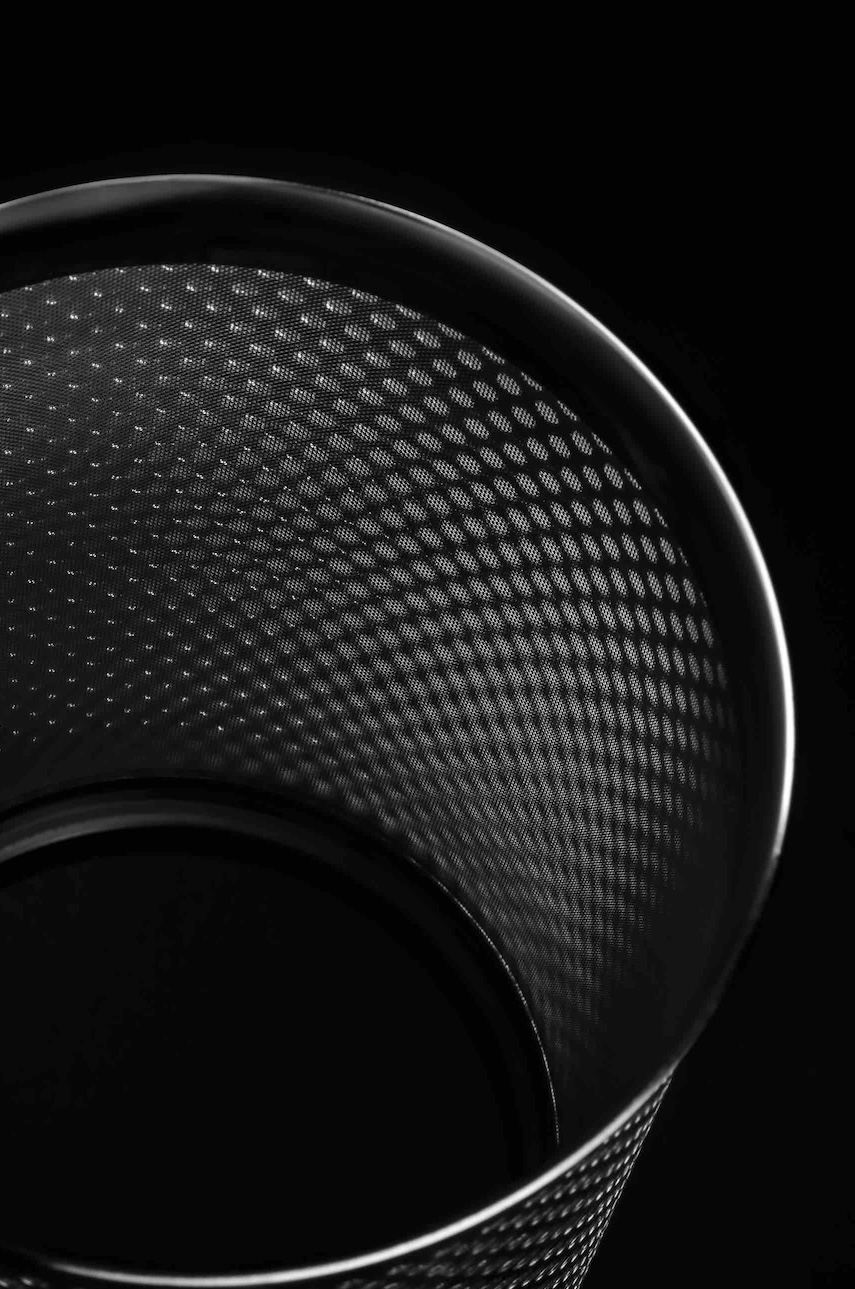
Secret of the WISY rain filter
with vertical filter fabric
Rainwater filters from WISY have a vertical filter mesh. Leaves, moss or other solids simply fall past it and are flushed away with a small amount of residual water. We actually change the flow direction of the water through a natural effect, without deflecting or holding back particles and pollutants.
Rainwater filters from WISY do not collect dirt and the filter mesh cannot become clogged. This is the decisive advantage over filters with an inclined filter mesh or a filter basket.
Where can I
filter rainwater?
In order to be able to use the rainwater later, it must be filtered on its way from the roof to the cistern.
Can be filtered
rainwater:
- in the gutter
- in the downpipe
- in the standpipe
- in exposed pipes inside or outside buildings
- in horizontal pipes in the ground
- in the cistern
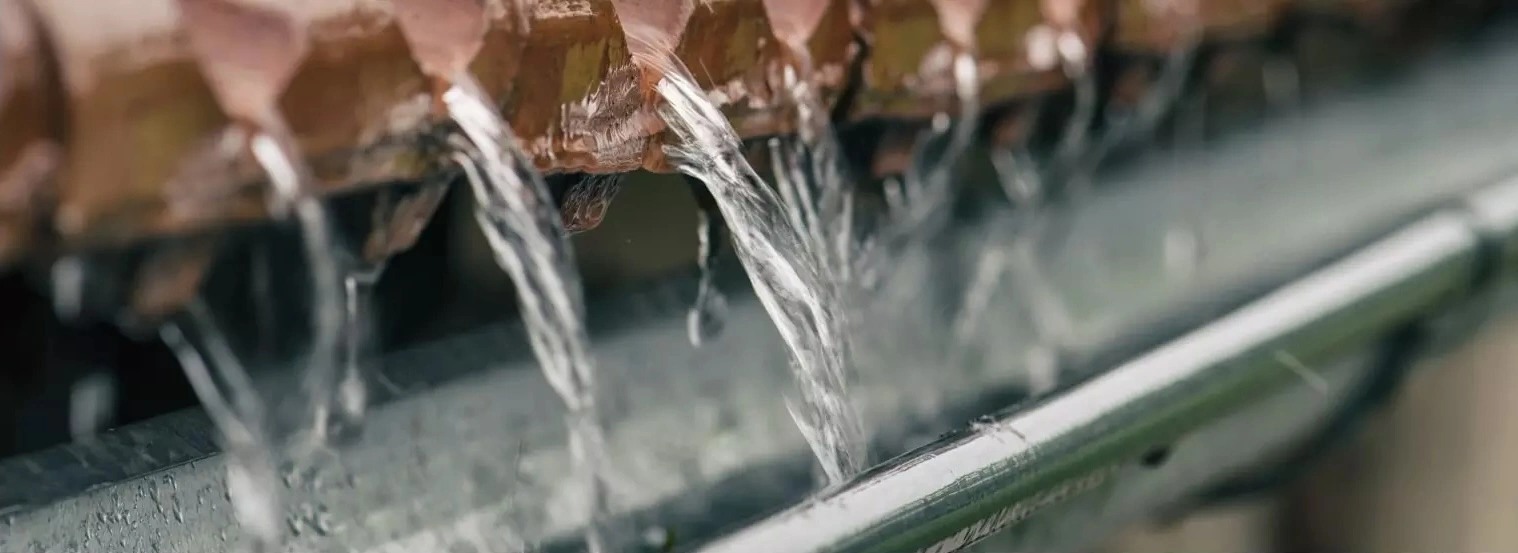
Rain in the gutter
collect and filter
Whilst the roof is ideal for collecting rainwater, the roof and gutter are unsuitable for treating rainwater. The gutter is difficult to reach and an inserted filter screen can at best help to protect insufficiently dimensioned rainwater pipes from clogging. However, gutter filtering alone does not make the rainwater storable and usable.
Rainwater
Filter in the downpipe
The best way to filter rainwater in the downpipe is with a downpipe filter, which is inserted directly into the downpipe. It should have a vertical filter mesh so that no dirt or particles can settle on it. The filtered rainwater is channelled to the side of a rain barrel or to above-ground rainwater tanks at around the maximum fill level.
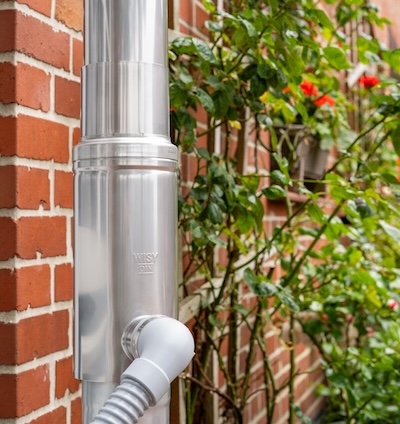
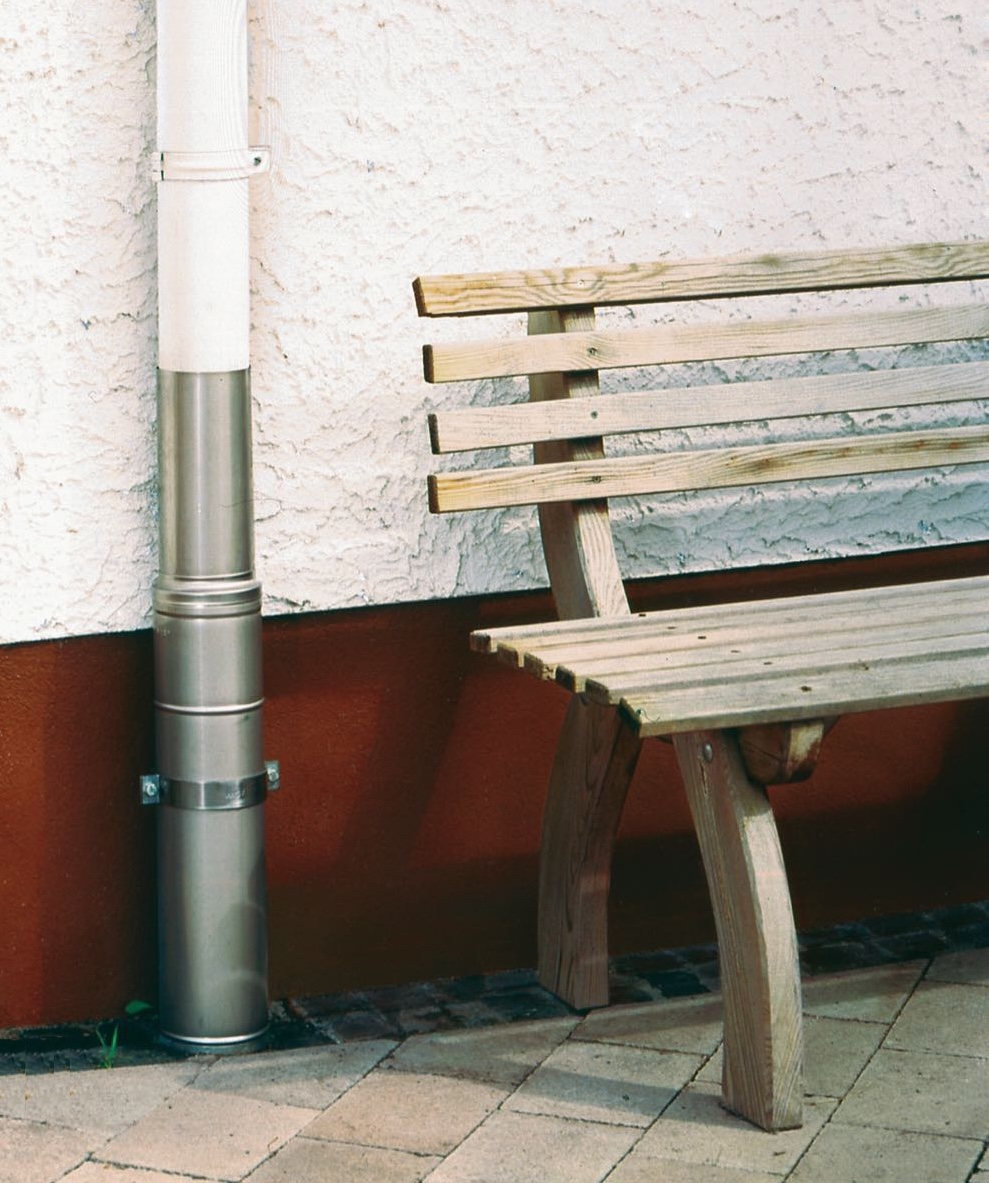
Rainwater
Filter in the standpipe
If rainwater is to be filtered directly in the standpipe, a standpipe filter collector is the best choice. Just like in the downpipe filter, the rainwater flowing down from above is divided. Over 90% of the water is channelled to the side of the rainwater storage tank, while the dirt load flows on to the sewer or into a soakaway together with the residual water. The outlet to the cistern is already underground.
Rain filter
Freestanding
A rainwater filter such as the vortex fine filter can also be freely installed and integrated into the horizontal pipework inside buildings. In regions with a frost-free climate, free-standing integration outside in front of an above-ground rainwater tank is also possible. This ensures effective filtration of the rainwater - regardless of the structural situation.


Rainwater filter
in the ground
The advantage of filtering rainwater with a filter in the ground before the cistern is that it can be easily integrated into the underground, horizontal pipe run. It does not require any additional space in the building or in the manhole of the cistern. This is particularly useful if access to the cistern is to remain free and accessible.
Where the rainwater from several downpipes is already combined, filters with a horizontal pipe run are often used to filter the rainwater. When installed in the ground, a suitable extension of the rain filter is helpful for levelling with the ground surface . WISY offers customised extensions for all vortex fine filters for filtering rainwater.
Filter rainwater
within the cistern
With a cistern filter such as the LineAr 100, rainwater can be filtered directly in the cistern. With a very small height offset between the rainwater inlet and the outlet for the residual water, the filtration system can also be easily integrated into the pipe run at a later date. The rainwater is filtered by the vertical stainless steel filter mesh and channelled directly down to the bottom of the cistern.

Type and inclination
of the fabric plays an important role
Whether downpipe filters, cistern filters or rainwater filters in the ground: the arrangement of the filter fabric always plays an important role. This determines whether the filtered rainwater or mainly the dirt is collected.

Why does water flow sideways
through a vertical fabric?
Water has the property of clinging to the walls of a pipe as it flows down it. The reason for this is the force of adhesion. Similar to a drop hanging on a blade of grass without falling or condensation water travelling under a tilted tarpaulin, the direction of flow of the water in the rainwater filter can be influenced.
We utilise this effect in all WISY rainwater filters to divert the rainwater to the side. It passes through a fine-meshed mesh made of stainless steel, which filters the rainwater.
This effect does not work on solids and dirt particles. They cannot be deflected to the side and fall downwards. There they are washed away.
Due to the vertical arrangement, the filter fabric cannot become dirty or accumulate leaves and foliage. The rainwater filter remains clean at all times, while only filtered water is fed into the cistern or, in the case of our industrial filters, back into the production process.

Conclusion
Checklist: What to look out for when filtering rainwater?
Low-maintenance filters for filtering rainwater prevent the accumulation of dirt particles. Make sure that the filter inserts are easy to clean. Choose durable and robust materials. By filtering rainwater finely, you minimise sediment deposits and thus the cleaning effort for decades.
| > to collect water instead of dirt | |
| > for less sediment in the cistern | |
| > for longer durability | |
| > for more free time in the garden |
Expert advice
on rainwater filtration
WISY offers expert advice on collecting and filtering rainwater. Interested parties can use the contact form to get in touch directly with an expert and find the best solution for their rainwater system.





